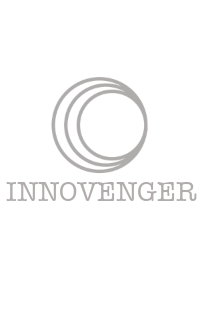eCommerce is booming! Scale up with PIM and ride the wave!
If you’ve been enhancing and growing your product catalogue, or if you’ve been looking to scale up your business then leveraging Product Information Management (PIM) software can be essential.
Product Information Management is a centralized platform that helps organisations manage all information that is strictly considered as product data, including product attributes and specifications. It’s important not to confuse PIM with Master Data Management (MDM): whilst PIM concerns pure product data, MDM is used to harmonise reference data across multiple domains (ex: suppliers, financials, customers…). MDM enables organizations to collect, match, clean, aggregate, and distribute consistent and accurate general data for operational and analytical systems, whilst PIM is more suitable to keep a tab on all products (from new products that have not yet hit the shelves, to archived products that are no longer commercialised).
A PIM platform is key for organisations to collect product information in a single trusted source. Whether it’s from a B2B or a B2C perspective, PIM ensures data consistency for all concerned stakeholders, and ultimately for end customers across all channels.
Adopting a PIM system offers multiple benefits to the organisation:
- Faster time to market – which delivers a better omnichannel customer experience
- Operational efficiencies – by streamlining critical workflows and by collaboratively enriching cross-functional data
- Better product data quality and compliance with industry standards
- Possibility to easily integrate and share owned product data with third parties
With the exponential growth of eCommerce in the last years, organisations have increasingly adopted PIM platforms to better approach the digital space in a scalable fashion.
As reported by Statista, 2020 retail eCommerce sales worldwide have amounted to 4.28 trillion US dollars, and e-retail revenues are projected to grow to 5.4 trillion US dollars in 2022. Product Information Management solutions maintain a tab in this space; To draw a parallel, MarketsandMarkets reports that the global PIM market is expected to grow from USD 9.0 billion in 2020 to USD 16.0 billion by 2025, at a Compound Annual Growth Rate (CAGR) of 12.2% for the forecasted period. The major factors driving the growth of the PIM industry include rising demand for PIM solutions from the flourishing eCommerce industry and the increasing need to offer enhanced customer services.
Within this context, Nembrini Consulting SA has a proven track record in PIM assessment and implementation across multiple industries. Our platform-agnostic approach, coupled with our deep knowledge and experience allows us to efficiently design and implement PIM platforms that are tailored to the Clients’ needs, all whilst involving the Client in the process.
Such was the case with a world-renowned Swiss Manufacturer of Luxury Mechanical Watches and Clocks who wished to better manage their product data and to strengthen their digital presence. Nembrini Consulting SA was called in to redesign the processes and to help the Client adopt a PIM solution. The project ran over two main phases – each phase was based on our three-step PIM approach and the project was delivered with success in a 9-month timeline. (Please refer to the use case: A new product information tool for a famous Swiss luxury watch brand | Nembrini Consulting).
The designed solution has offered true and relevant internal benefits to each of the Client’s teams: By effectively building a Single Source of Truth for their product data, the Client now embraces fluid processes for product information management, with fewer interactions needed between the Client teams and external actors. The platform has improved time-saving by effectively decreasing the internal workload and the work steps needed for the creation of the product catalogue.
This use case proves that, by correctly implementing and adopting a PIM platform, organisations can efficiently rely on clear and consistent product information across the board, both internally and externally (e.g. HQ, third parties, retailers, etc).







